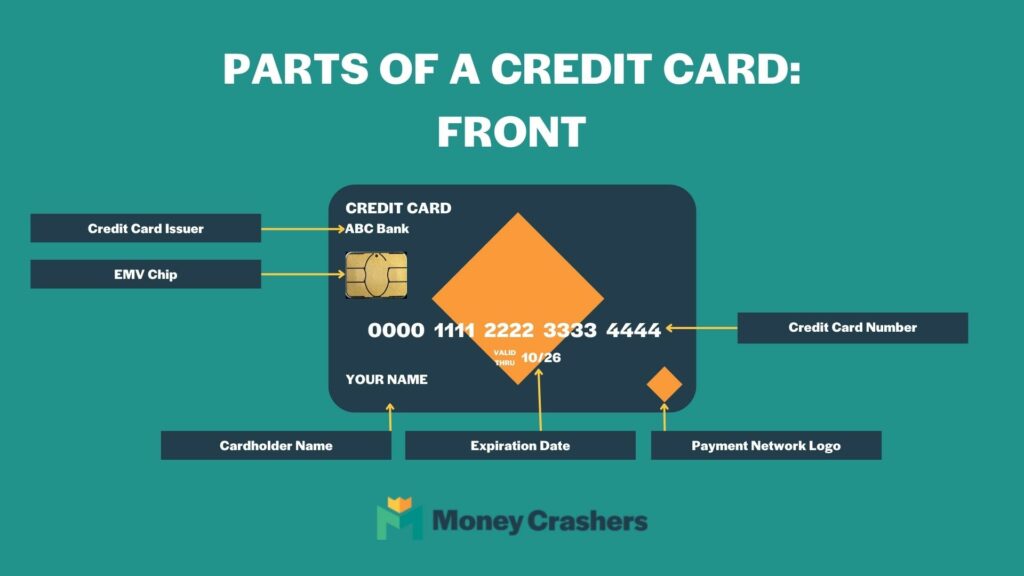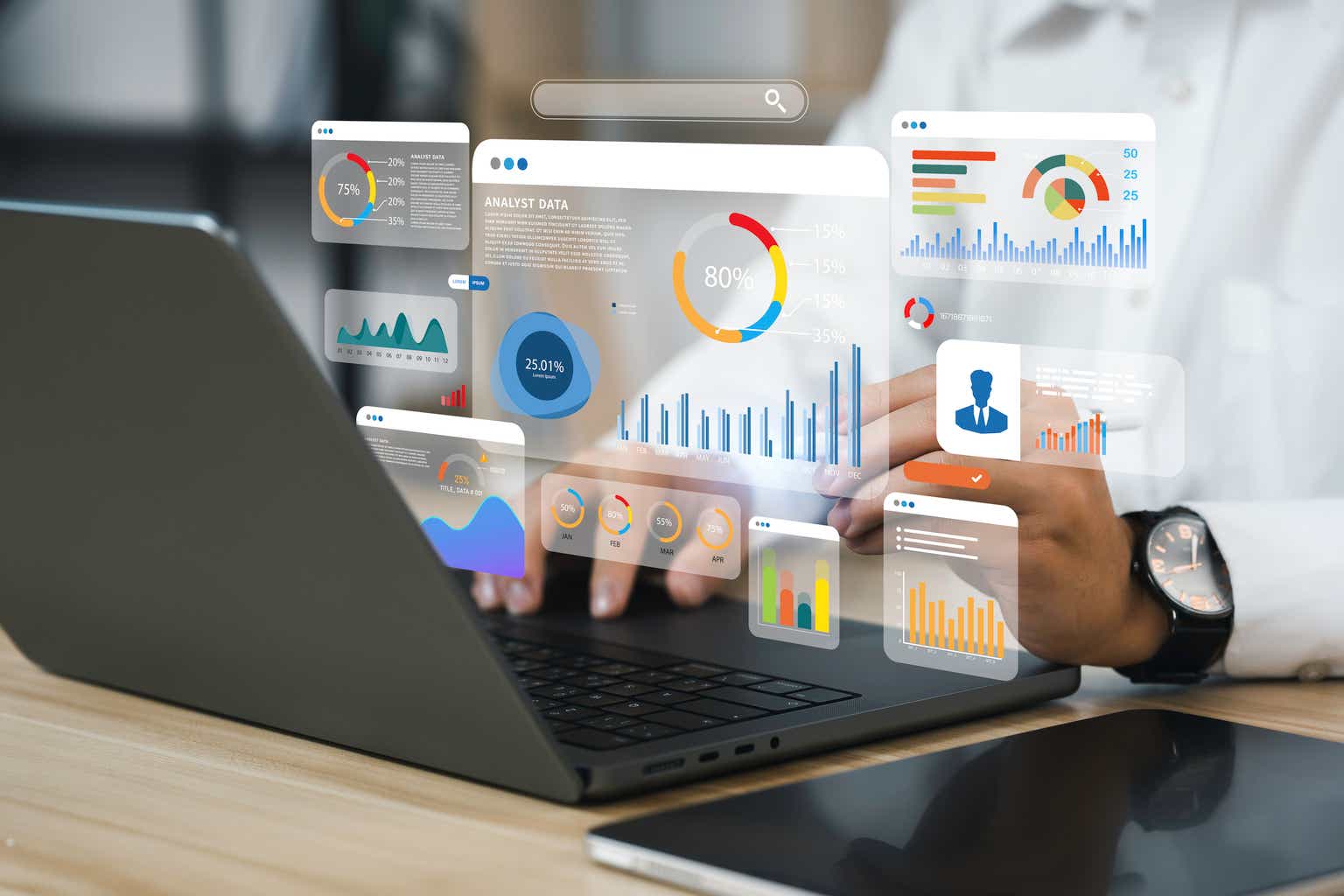[ad_1]
The U.S. GDP grew even faster in the third quarter of 2023 than initial estimates showed, according to a revised estimate of real gross domestic product from the Bureau of Economic Analysis released on Nov. 29.
The GDP is the market value — in current dollars — of all goods and services produced within the United States in a given period; Real GDP adjusts that measure for inflation. Changes in GDP are expressed on an annualized basis.
The third quarter — July, August and September — saw an annual growth rate of real GDP by 5.2%, up from initial estimates of 4.9%. The increase was significantly higher when compared to the annual growth in the previous quarters:
2.1% annual rate of growth in Q2 2023.
2.1% annual rate of growth in Q1 2023.
2.6% annual rate of growth in Q4 2022.
How does the current GDP compare to recent years?
In 2020, at the beginning of the COVID-19 pandemic, the annual rate of GDP dropped to levels far below even those during the Great Recession, federal data shows. By the end of 2020 and into 2021, GDP rebounded quickly. However, the first two quarters of 2022 showed signs of slowing down before a more robust finish at the end of the year.
Why did GDP increase in Q3 2023?
The increase in real GDP was largely due to increases in consumer spending, private inventory investment and federal government spending, as well as increases in exports and residential fixed investment, according to the report.
Imports, which are subtracted in the total GDP calculation, also increased.
Changes to acceleration in GDP
Compared with Q2 2023, the report says the acceleration in GDP in Q3 2023 primarily reflected a rise in:
Private inventory investment — that’s the physical volume of inventories businesses maintain to support production and distribution. The increase was primarily in manufacturing and retail trade.
Residential fixed investment — that includes all purchases of private residences and residential equipment owned by landlords and rented to tenants.
Increases were partly offset by:
A decline in nonresidential fixed investment — that’s nonresidential structures, equipment and software. The decline was led by a decrease in equipment, partly offset by increases in intellectual property products and structures.
A deceleration in state and local government spending.
What did consumers spend money on in Q2 2023?
Consumer spending increased in both services and goods. Here’s the breakdown of spending:
Goods: increases were led by other nondurable goods — primarily reflecting a rise in prescription drug purchases — as well as recreational goods and vehicles.
Services: increases were led by housing and utilities, health care, financial services and insurance, as well as food service and accommodations.
Excluding food and energy (which have the most volatile prices), the PCE price index increased 3.0% in Q3 2023 — slower than previous quarters:
How did personal income change in Q3 2023?
Personal income and personal savings both slowed in Q3 2023, according to the report.
Current-dollar personal income (all sources of income including wages and salaries, government benefits, dividends and interest, business ownership and more) increased $218.3 billion in Q3 2023, according to the revised report. In Q2 2023, current-dollar personal income increased $232.1 billion.
Disposable personal income (equal to personal income minus taxes) increased 2.9% in the third quarter of 2023 compared to a 5.9% increase in the second quarter. Real disposable personal income also increased 0.1% in the third quarter of 2023 compared to a 3.3% increase in the second quarter.
The rate of personal savings (personal savings as a percentage of disposable personal income) slowed in Q3, as well: 4.0% compared with 4.5% in Q2 2023.
The advance estimate of Q4 2023 and Year 2023 GDP will be released on Jan. 25, 2024.
Photo by Justin Sullivan/ Getty Images News via Getty Images
[ad_2]
Source link













